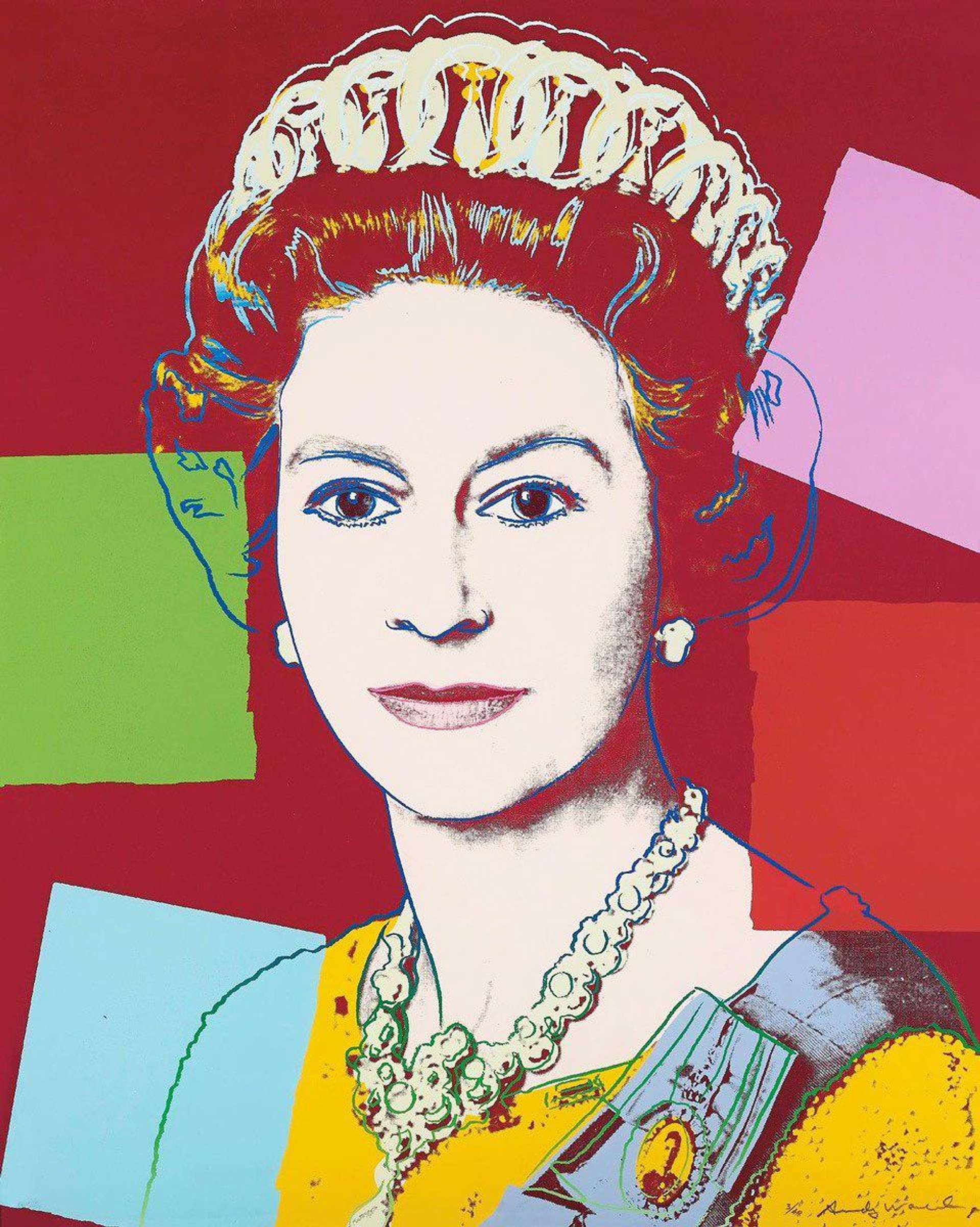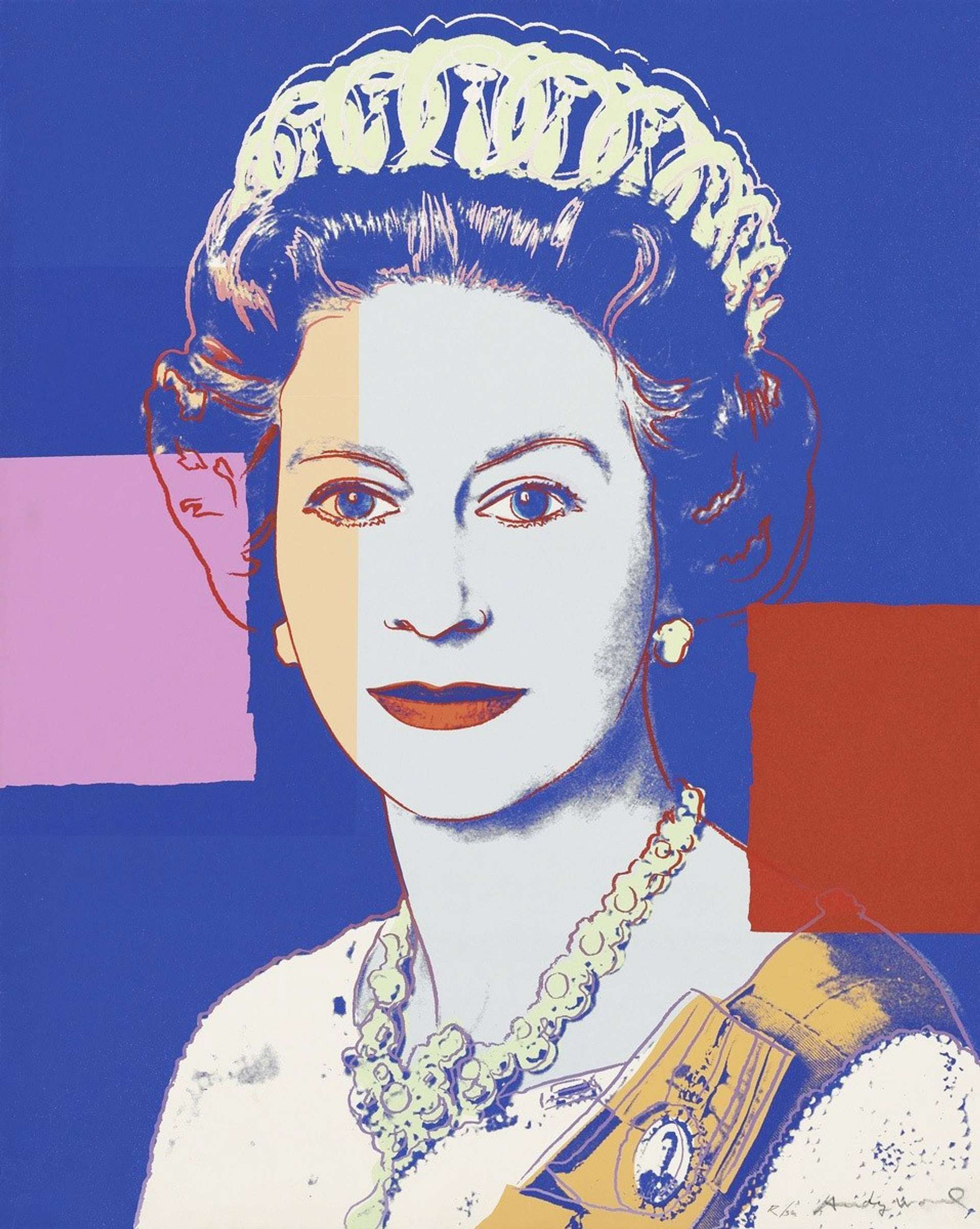Royal Palette: King Charles III

 Image © Royal Collection Trust / Triple Portrait Of HRH Charles, Prince Of Wales © Susan Crawford 2000
Image © Royal Collection Trust / Triple Portrait Of HRH Charles, Prince Of Wales © Susan Crawford 2000Live TradingFloor
King Charles III is widely acknowledged for his significant contributions to the world of arts, both as an active patron, ardent collector and as an artist himself. His deep-seated appreciation for art extends across a diverse range of forms and periods, fostering an extensive personal collection that spans centuries and has culminated in his passion project of refurbishing and exhibiting art at Dumfries House. He has also been a longtime advocate for art education, having been instrumental in promoting the importance of the arts in society and often leveraging his influential position to support various artists, initiatives and institutions. His dedication to preserving cultural heritage is also well-recognized, with his conservation efforts playing a crucial role in maintaining the artistic legacy for future generations.
As the head of state of the United Kingdom, he also owns the world’s largest private art collection, including over 7,000 paintings and 450,000 photographs, not to mention decorative arts objects. This impressive number includes his personal collection as well as the Royal Collection, and is spread over 13 properties belonging to the Crown and to the monarch himself.
King Charles III: The Artistic Monarch
King Charles III was born Charles Philip Arthur George on 14 November 1948, the eldest child of Queen Elizabeth II and Prince Philip, Duke of Edinburgh. Before his ascension to the throne, he was known as the Prince of Wales – a title he held for more than six decades, making him the longest-serving heir apparent in British history.
King Charles has been widely recognized for his artistic abilities and deep appreciation for art. He is an accomplished watercolour painter and has been painting for most of his adult life. His preferred subjects are landscapes, particularly those of the royal estates at Balmoral and Sandringham. His works have been exhibited and sold for charitable causes, with proceeds often going towards The Prince's Charities, a group of non-profit organisations of which he is patron or president. In addition to painting, Charles has a deep appreciation for architecture, and is known for his traditionalist views on the subject. His criticisms of modern architecture have often made headlines, and his book A Vision of Britain: A Personal View of Architecture, which outlines his views on architectural principles, has been influential in architectural circles.
Moreover, Charles is a patron of arts and culture, supporting a number of organisations that promote and protect the arts. These include The National Gallery, The Glasgow School of Art (which counts amongst its illustrious alumni artist David Shrigley), The Museum of London and The Royal Drawing School, among others.
King Charles III's Artistic Tastes and Preferences
King Charles’ tastes tend to differ from those of his mother, the late Queen Elizabeth II. She was much more reserved in her opinions about art, and the little that is known about her personal preferences have been pieced together from anecdotes from those who knew her. For example, while sitting for a portrait for the Royal Mint, she once asked artist Arnold Machin what he thought of L. S. Lowry. Otherwise, it would appear that much of her preferences were shaped by her lifelong fascination with horses, and she favoured equestrian portraits such as those by George Stubbs and Sir Alfred Munnings. Generally, it seems like Prince Philip was the artistic director of the family, often working in close proximity with the Surveyor of the Queen’s Pictures – the Prince and Christopher Lloyd were largely responsible for the 1992-97 post-fire restoration of Windsor Castle.
King Charles, on the other hand, is known for being very outspoken on his tastes. He is known to favour traditional art, rejecting modernism whether it is in painting, sculpture or, infamously, architecture. This is reflected in his collection, which tends to skew more towards pre-contemporary works. In the summer of 2018, he curated an exhibition called Prince & Patron, in which he personally selected his favourite pieces from the Royal Collection. These included paintings and objects, such as drawings by Hans Holbein the Younger and a cloak that belonged to Napoleon. Charles has also previously stated that some of his favourite works in his private collection are a series of paintings of Windsor Castle by John Piper, which hang in his Clarence House dining room. He is also known as a huge enthusiast of Chippendale furniture, a trait that played a significant part in his efforts to save Dumfries House.
Building the World's Largest Art Collection
King Charles’ collection can be broken down into two distinctive categories. The Royal Collection belongs to the Crown, and is passed from monarch to monarch, and as such is not owned by Charles in a private capacity. Many of these artworks have been in the collection of the Royal Family for many centuries – mostly from the reign of Henry VIII onwards. King George III was a passionate patron of the arts, who is responsible for many of the collection’s highlights, including over 40 Canalettos and one of the few works by Johannes Vermeer.
Another segment of the collection comprises artworks that have been gifted to the individuals themselves, including works by Salvador Dalí, Claude Monet, Lucian Freud, L.S. Lowry and Marc Chagall. The latter once personally made a gift to Prince Philip, who recalled: “He gave me this Bible he has illustrated, just out of the blue. He was a very strange man.” It is difficult to ascertain the extent of this collection, as there is no public record of its contents, but these are considered “personal gifts” as opposed to “official gifts”, or those that are given during the Royal Family’s official duties and engagements.
King Charles inherited many of these following the death of his parents, and his residence Clarence House is filled with his private collection. His grandmother, Queen Elizabeth the Queen Mother, was largely responsible for amassing a great amount of these works, having purchased many of them following the World Wars, when prices were low. He has also made his own purchases, adding to the collection in a manner that reflects his personal taste.
Notable Artworks in King Charles III's Collection
One of the most valuable artworks in King Charles’ private collection is Claude Monet’s Study of Rocks; Creuse: Le Bloc, which was purchased by The Queen Mother for £2,000 in 1945 – it is now estimated it could fetch upwards of £20 million at auction. The Royal Collection boasts a wide array of celebrated items, including around 600 drawings by Leonardo da Vinci, such as his famous Anatomical Studies series. The collection also houses several self-portraits by the Dutch master Rembrandt, numerous portraits of Charles I by Anthony van Dyck, a significant number of sketches and studies by Raphael known as the Raphael Cartoons, and many more objets d’art. A range of ornate Fabergé Eggs is a notable example, alongside a huge array of fine porcelain and antique furniture.
The Impact of King Charles III as a Patron and Art Lover
King Charles III has been a highly influential figure in the global art scene through his impactful patronage of artists and artistic initiatives across a variety of styles and mediums. His long-standing commitment to promoting arts and culture has been a central aspect of his personality and his patronage has been instrumental in providing visibility and opportunities for countless artists.
Charles has shown unwavering support for both established and emerging artists, and his patronage has played a crucial role in sustaining and shaping numerous artistic institutions. As a then-Trustee of the National Gallery, he was crucial in the development of the Sainsbury Wing, and in 1984 made an infamous speech describing the original building plan a “monstrous carbuncle upon the face of a much beloved and elegant friend.” This altered the plans for the building, which was redesigned into its current form.
His passion for the arts has also been channelled into conservation efforts. Understanding the importance of preserving architectural heritage, he established the Prince’s Regeneration Trust, which aims to rescue and repurpose important historic sites, often with a focus on sites of significant artistic or cultural value. He has also been an active supporter of artistic education, believing in the importance of nurturing talent and imparting traditional skills. Through initiatives of the Prince's Foundation, such as the School of Traditional Arts, he has promoted education in time-honoured artistic techniques, ensuring these skills are passed down to future generations.
Since before his reign, King Charles III's passion for the arts has been instrumental in fostering a vibrant cultural scene. By supporting artists, promoting art education, and championing conservation, he has significantly influenced the trajectory of the art world, both in the UK and beyond. His stewardship of the Royal Collection is promising, and his legacy as a patron will undoubtedly continue to resonate in the art world.










![[Alt-text: An image of two objects by jewellery house Fabergé, including a mosaic decorated egg.]](https://cdn.sanity.io/images/dqllnil6/production/f3bc1181716767b01ae2ea1e90680eef24be1bb9-1600x625.jpg?w=3840&q=60&auto=format)